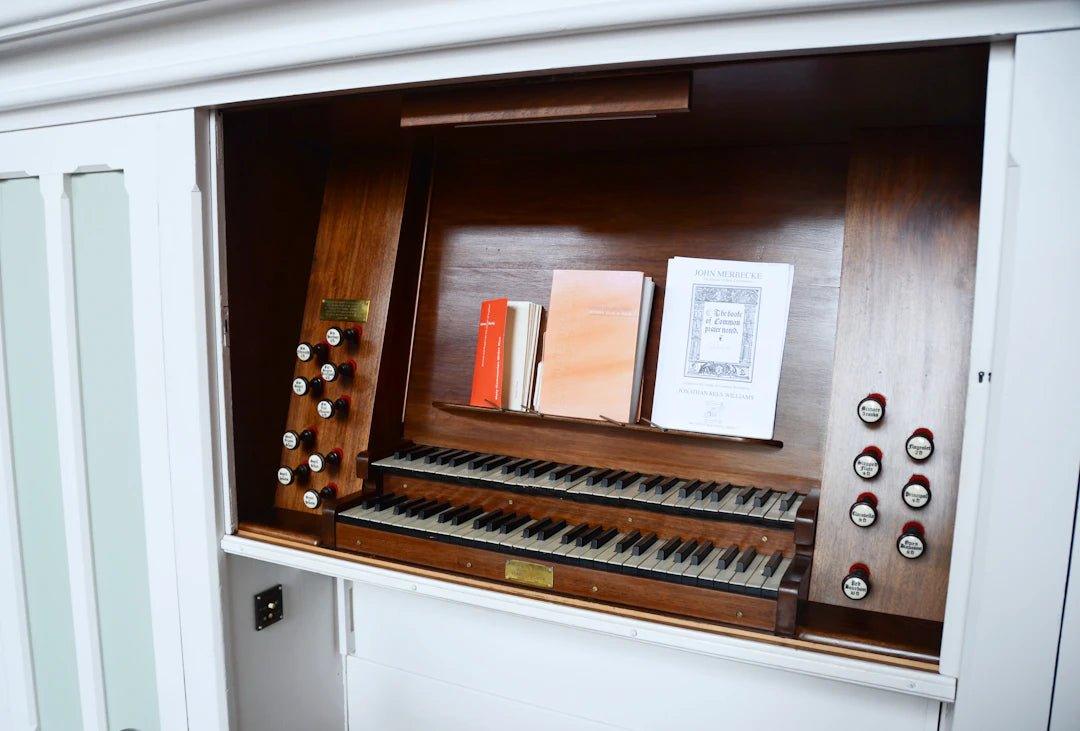
Unraveling the Magic: Analyzing Musical Compositions Through Form and Structure
Understanding music goes beyond just listening and enjoying; it requires an appreciation for its underlying form and structure. Analyzing compositions can elevate your musical experience, whether you’re a budding musician, a choir member, or an enthusiastic listener. In this blog, we’ll explore the different aspects of musical arrangements, particularly focusing on hymns, and how they contribute to the overall experience of music. We’ll break down complex ideas into simpler concepts so everyone can grasp the essentials. Let's dive in!
The Importance of Form and Structure in Music
Form and structure serve as the backbone of any musical piece. They guide the listener through the composition, helping to create an emotional journey. Think of a melody as a story: just as a story has a beginning, middle, and end, so too does music. In understanding the structure, we can appreciate the creativity behind a piece, especially in different styles like musical arrangement hymns.
What is Musical Form?
Musical form refers to the overall layout or architecture of a piece of music. It describes how different musical sections are organized. Here's a simplified breakdown:
- Sections: Most songs consist of multiple sections, such as verses and choruses.
- Repetition: Repeating certain sections creates familiarity and reinforces the song's themes.
- Contrast: This introduces variety and keeps the listener engaged.
Understanding musical form helps in analyzing how composers develop their ideas and convey emotions through their choices.
Diving into Different Musical Structures
Let’s explore some common musical forms that you may encounter, especially in hymns and sacral music. Each of these forms has a unique function in shaping the listening experience.
1. Verse-Chorus Structure
This is one of the most common forms present in popular music and hymns. The verse often tells a story or provides an emotional depth, while the chorus encapsulates the main message or theme. This simple yet powerful structure makes hymns memorable.
2. AABA Form
In this structure, an initial melody (A) is repeated, followed by a contrasting section (B), before returning to the melody (A). This catchy form is often used in settings that require emotional emphasis, making it suitable for musical arrangement hymns.
3. Binary Form
Binary form includes two contrasting sections, often labeled A and B. Each section is usually repeated, making it easy to remember and enjoyable to perform. Many hymns utilize this form to reinforce themes and ideas.
4. Ternary Form
This consists of three sections: A, B, and A. This creates a complete musical journey where the second section offers contrast. Returning to the original section gives a sense of familiarity and resolution.
Analyzing Hymns: A Closer Look
Now that we're familiar with various musical structures, let's take a closer look at how these forms apply specifically to hymn compositions. Hymns often serve not only as music for worship but also carry deep emotional messages and stories.
The Role of Musical Arrangement in Hymns
Musical arrangements in hymns are crucial—they determine how the text and melodies interact. A well-considered arrangement respects both the original music and the thematic intentions, creating an immersive experience for congregants. In analyzing hymns, consider the following:
- Text Setting: How well does the music complement the lyrics? A successful arrangement enhances the message.
- Melodic Contours: Look at how melodies rise and fall; this often reflects the emotional arc of the lyrics.
- Harmonic Choices: The chords used impact the music's emotional feel and support the overall message.
Emotional Impact of Structure in Music
The form and structure significantly affect a listener's emotional response. For instance, a poignant verse might evoke feelings of sorrow, while the returning chorus can lift the spirit and instill hope. Here's how different aspects contribute to this emotional journey:
Surprise and Expectation
By using repetition and contrast, composers can create surprise and expectations. When a listener anticipates a certain section, and it arrives, it brings satisfaction. Hymns often play with these concepts, enhancing the worship experience through familiar yet impactful arrangements.
Framing Content with Structure
The way a hymn is structured can frame its themes effectively. For example, a hymn addressing loss might use a minor key in its verses and transition to a major key in its chorus, creating a powerful shift from grief to hope—something many worshippers resonate with.
Creating Connection
By understanding the structure and form in hymns, listeners can connect more deeply with the music. You might find yourself reflecting on personal experiences as you engage with the piece. This connection fosters community, particularly during shared experiences like worship services.
Recognizing Patterns: The Key to Mastery
As you become more familiar with the various forms and structures within hymns, you'll notice patterns emerging in the musical landscape. Recognizing these patterns can enhance your ability to analyze music—an essential skill whether you’re composing, performing, or simply enjoying music.
Practice Makes Perfect
One of the best ways to gain a deeper understanding is by actively engaging with music. Try these activities:
- Listen Actively: Put on your favorite hymns and follow along with the lyrics. Try to identify the form and structure as you listen.
- Analyze Sheet Music: If you have access to scores, look for the repeated sections and contrasts.
- Compose Your Own Hymn: Use the structures we've discussed to write a hymn that reflects your own experiences or beliefs.
Beyond Listening: The Power of Understanding
When you grasp the principles of form and structure in music, the experience of listening transforms entirely. You'll begin to notice the artistry involved in constructing pieces, especially in musical arrangement hymns. This deeper understanding can turn casual listening into an enriching experience, offering layers of meaning and connection.
Engage with the Community
Exploring musical arrangements and discussing them with others can enhance your insights. Join local choir groups, music clubs, or attend workshops. Engaging with fellow music enthusiasts provides a platform for sharing ideas, insights, and experiences—all of which contribute to your musical education.
The Joy of Musical Exploration Awaits
Form and structure are not just technical aspects of music; they are gateways to emotional connection, community, and personal expression. By understanding how these elements work together, you can enhance your enjoyment and appreciation of hymns and other compositions. So take the leap—dive deeper into the world of music, analyze the arrangements, and watch your connection to the music flourish like never before.
Embark on a journey through the Shopify store of another user. Click here to visit their store. Please note that this is a promotional link, and we do not guarantee the content of the linked store.
Silent Night Free Sheet Music Canon | Easy Organ Arrangement for Christmas
Away in a Manger Intermediate Piano Solo
Christ the Lord is Risen Today Fanfare | Easter Organ Sheet Music. For Organ, Choir or Congregation
Come Thou Fount of Every Blessing Organ Solo – A Powerful and Timeless Arrangement
View Comments
Leave a Comment
No comments



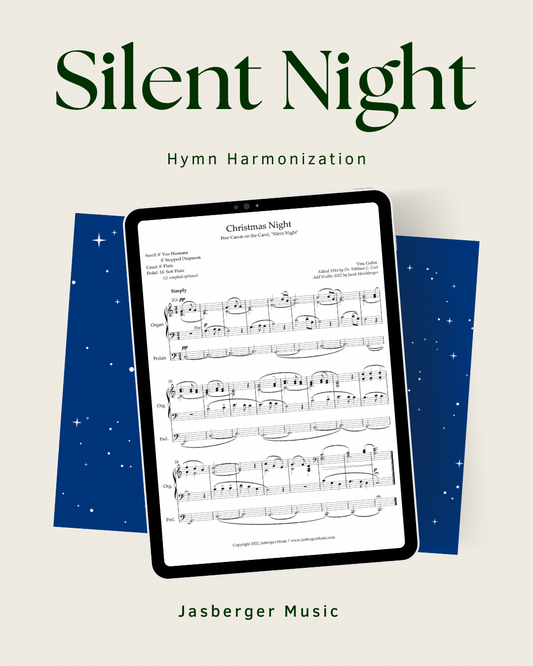
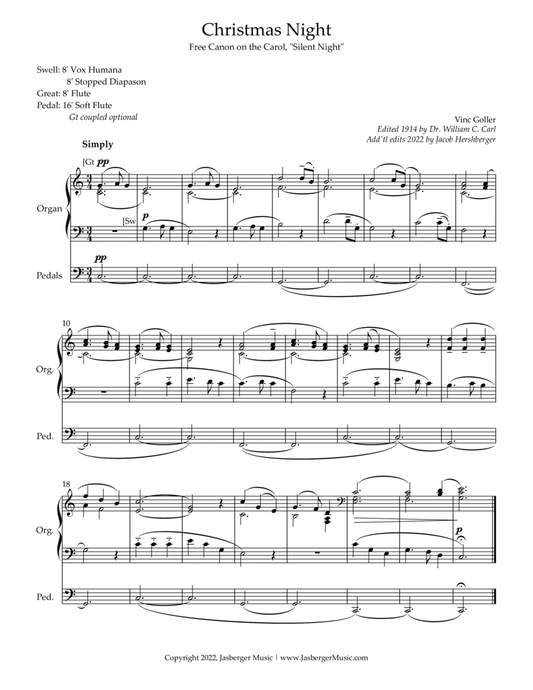
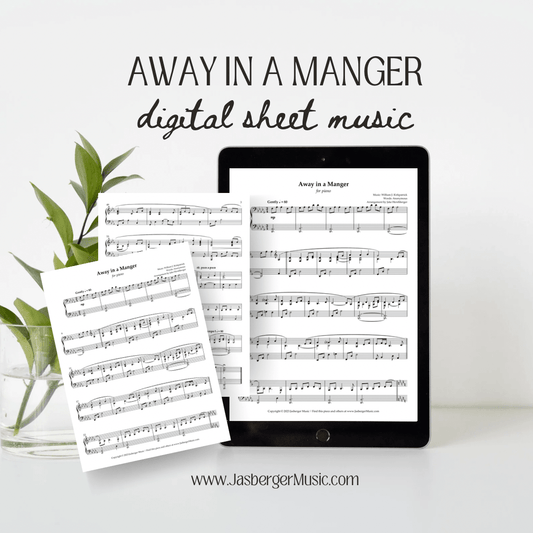
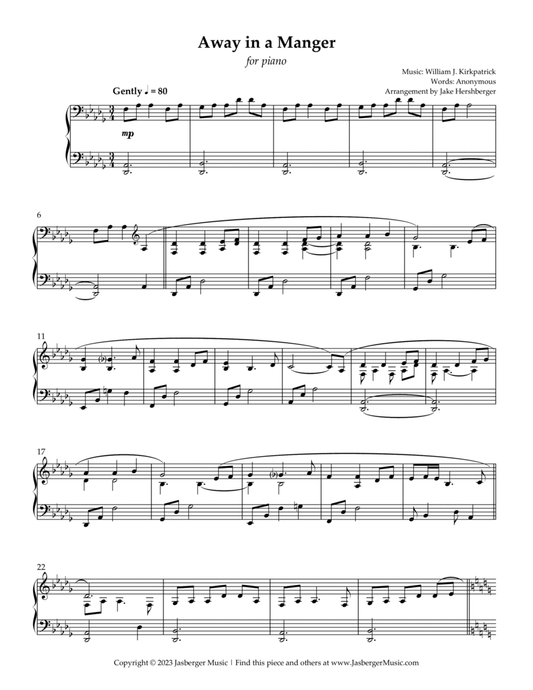
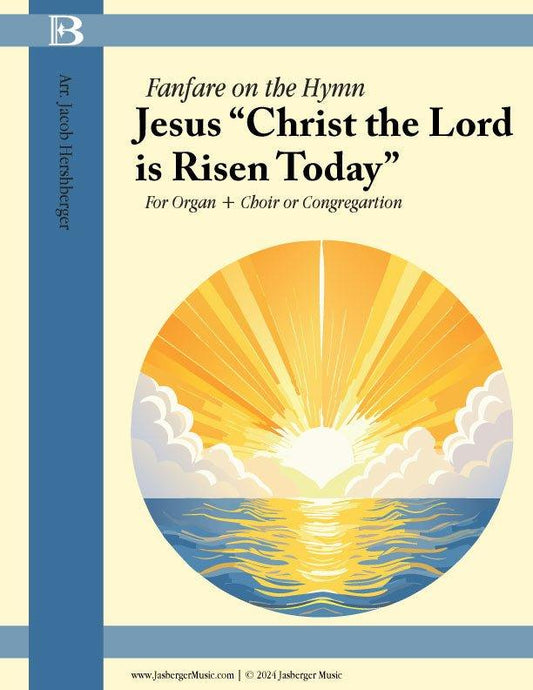
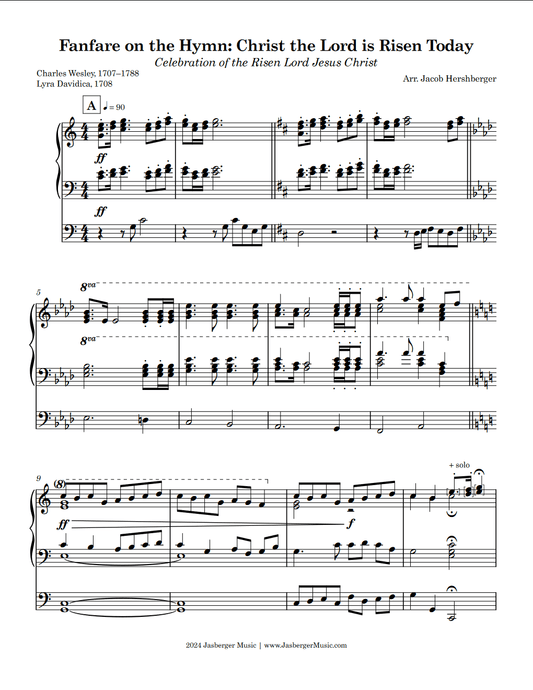
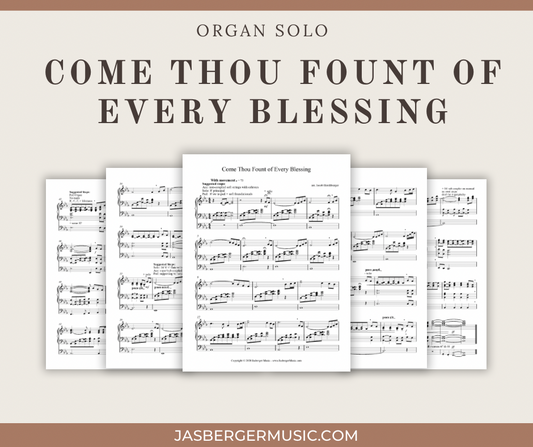
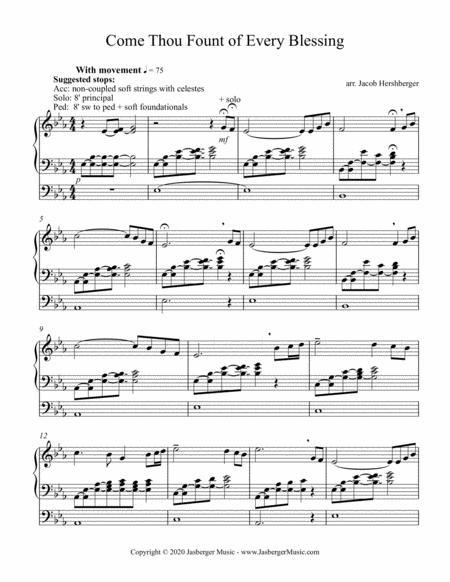

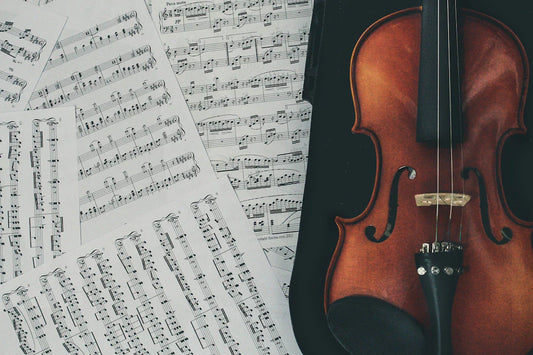


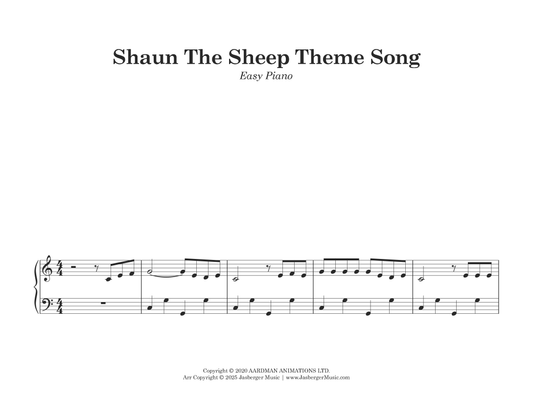
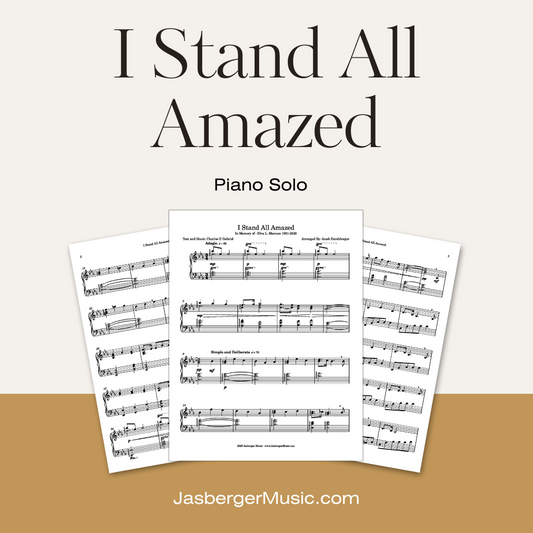
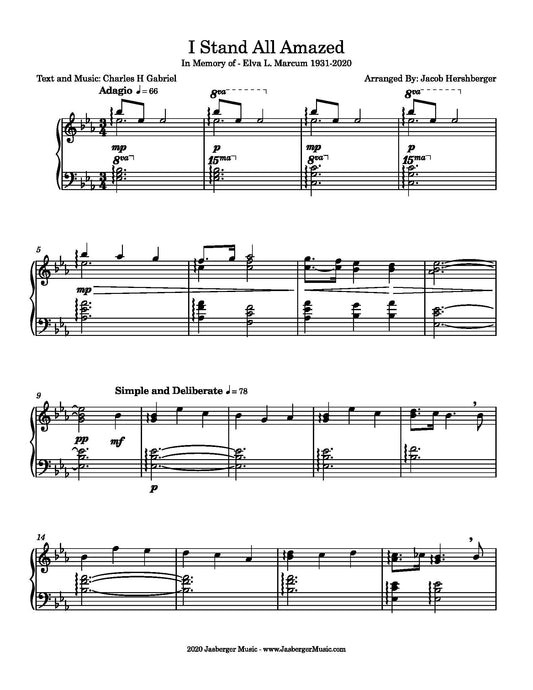
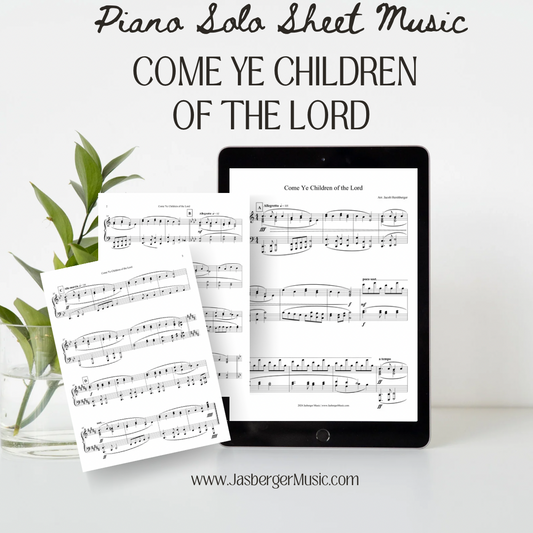
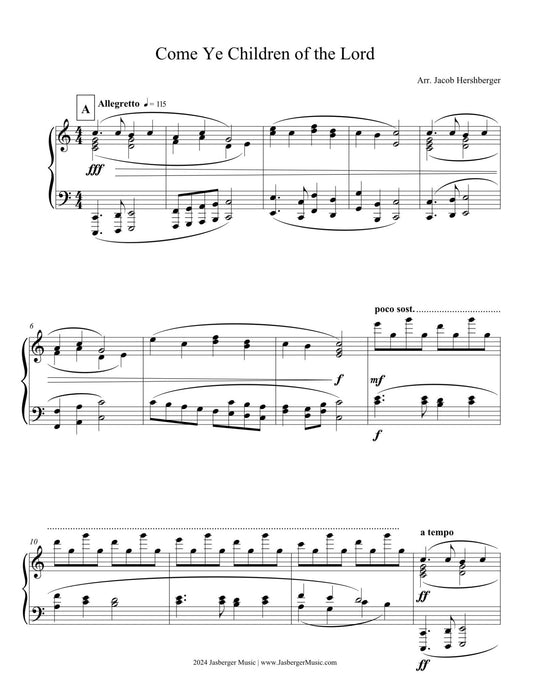

comments